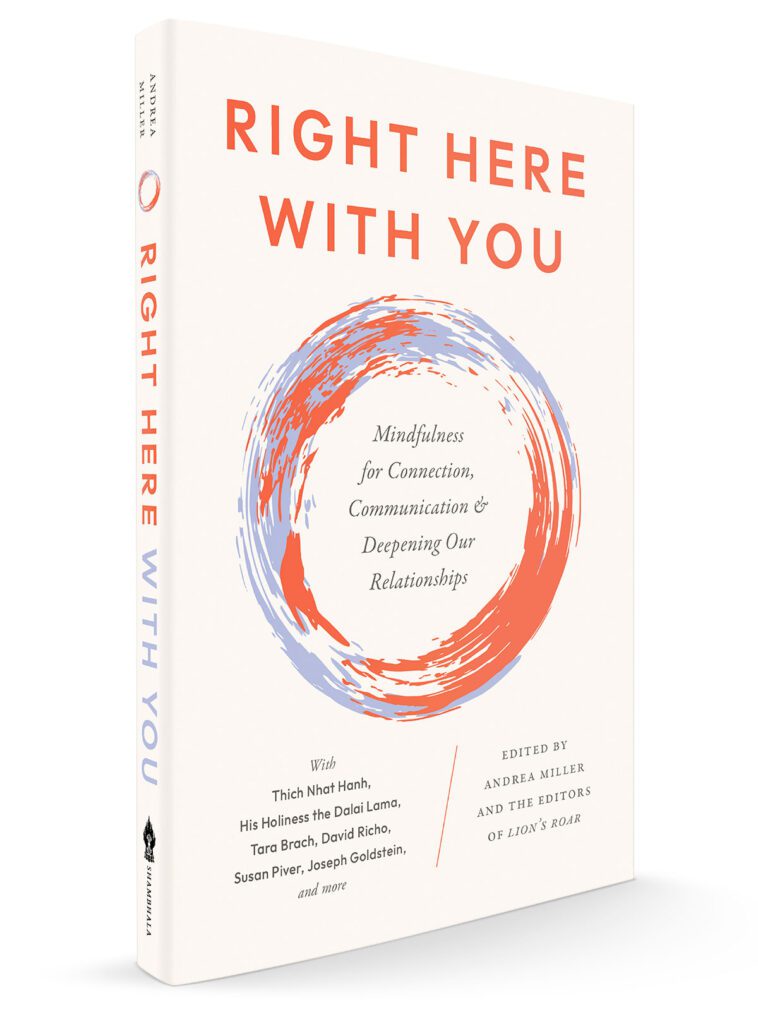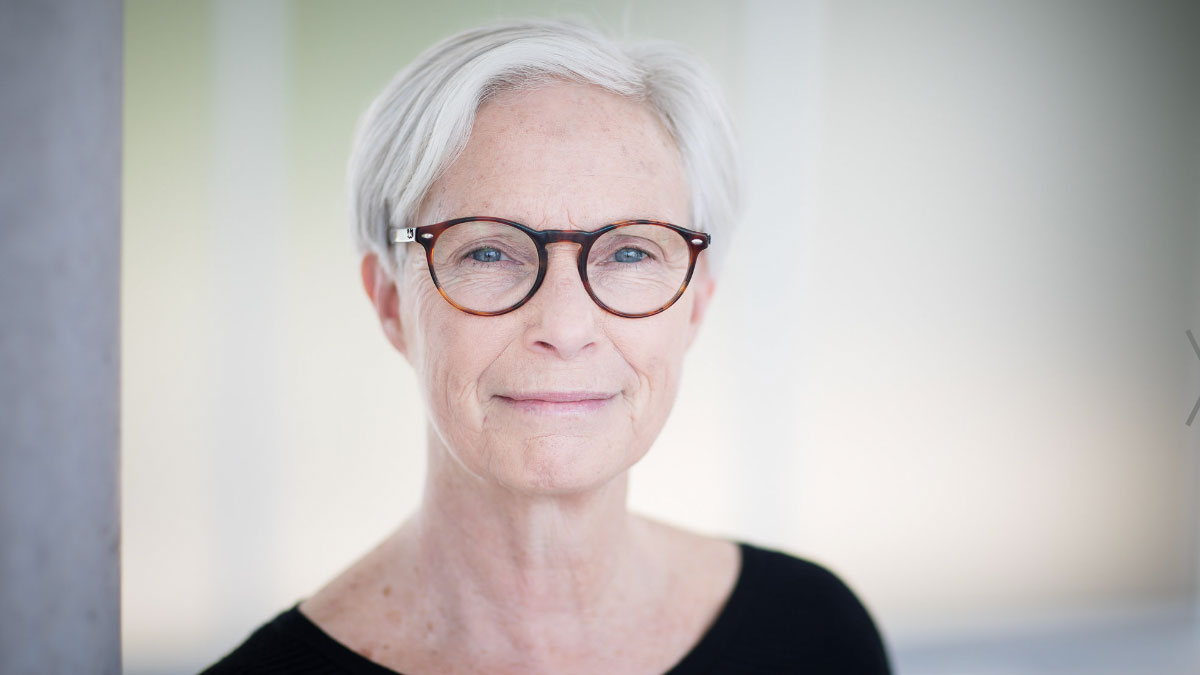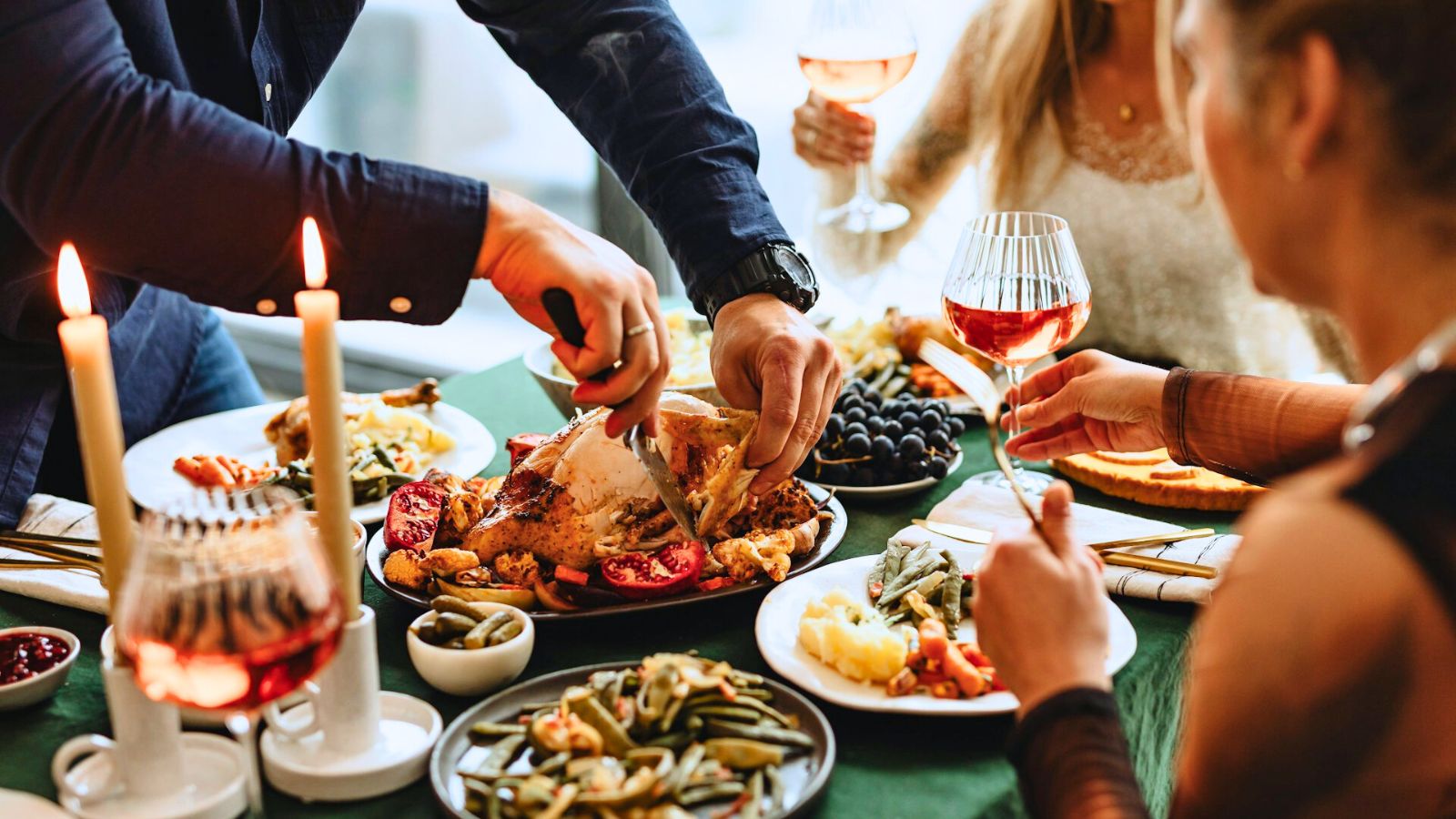Mindfulness for Connection, Communication, and Deepening Our Relationships
Read the introduction to the new book “Right Here With You,” edited by Lion’s Roar's Andrea Miller. The post Mindfulness for Connection, Communication, and Deepening Our Relationships appeared first on Lion’s Roar.

Where I come from there are six months of icy, gray winter. There are sea chanteys and the introspective wail of bagpipes. And there is fish-and-chips—salty with a splash of vinegar. In contrast, where my husband, Adán, comes from there are magenta bougainvilleas, bright green banana leaves, turquoise rivers. The flavor is spice tucked into corn, and the beats are quick—cumbia, merengue, salsa.
Our cultural mix is exciting; we’re two worlds meeting and making something fresh. Our language is our own intimate Spanglish, vocabularies from two dictionaries giving us all the more words for love, for celebration. With flowers and photos, we build an altar for the Day of the Dead, then March 17 comes along, and we get decked out in green. For both holidays, however, we skip the beer, the two of us in perfect agreement that it’s almost never the right drink.
But don’t let me mislead you; sometimes our relationship is not two worlds meeting; it’s two worlds colliding. We misunderstand each other, get confused, hurt, angry. And frequently it takes a good long time to unravel the threads and figure out the linguistic twist or cultural assumption that caused the problem. When you grow up in a particular culture, certain things are so obvious, so taken for granted, that you’d never think to explain them; you don’t even think about them. Then you meet someone and you move in with them, and those obvious things are not always obvious to that person. When you realize this, you are dumbfounded, and so is your partner.
But marrying someone with a passport from the same country as you does not entirely prevent the aforementioned scenario from unfolding. Even if you and your partner grew up on the same street, you will occasionally feel a culture clash. Some people say it’s because men are from Mars and women are from Venus, but I doubt that; the gay and lesbian couples I know also have profound misunderstandings that bear an uncanny resemblance to the misunderstandings of heterosexual couples. It seems to me that each human being is a culture unto themselves. When there is chemistry between two people, lots can grow: passion, joy, friendship, commitment, but so can misunderstandings, mounting anger, crushing disappointment.
For better, for worse, and for all the moments in between, my hope is that Right Here with You can offer some perspective. I know that, because of the pieces in this anthology, I’ve gained a greater understanding of what it means to be intimate and how mindfulness can deepen connection.
But—word of warning—none of the contributing authors offers a quick, easy path to finding perfect love. Rather, they offer something more realistic and ultimately, I believe, more satisfying: a mindful approach to relationships that takes practice and time.
Mindfulness is a word many people kick around these days, so much so that in some circles the meaning of it may be watered down and confused—somehow equated with “not being spacey.” But what is mindfulness really? It is paying close yet gentle attention to whatever life brings and allowing our awareness to make us more compassionate and loving.
The Buddha practiced and taught mindfulness; yet it doesn’t belong to any one religion. Christians, Jews, Hindus, Muslims, atheists—all can bring the practice into their lives. Indeed, a secular mindfulness movement is gaining momentum. Mindfulness, free of religious trappings, is now giving a more humane face to health care, education, law enforcement, business, and domestic life.
 Right Here With You: Mindfulness for Connection, Communication, and Deepening Our Relationships
Right Here With You: Mindfulness for Connection, Communication, and Deepening Our RelationshipsEdited by Andrea Miller
Shambhala Publications, 2025
Right Here with You: Bringing Mindful Awareness into Our Relationships is divided into six sections. Part 1, “Visions of Mindful Loving,” is an exploration of what we might aim for in our relationships. This section seeks to answer the questions: what does mindful love look like and feel like, and what are its qualities? It begins with a simple yet profound teaching by the renowned Zen monk Thich Nhat Hanh. Mindful love is the only true kind, he tells us, because our sincere presence is the most precious gift we can give. But how can we truly be present for those we love? Thich Nhat Hanh offers a variety of practical tools to set us on the path.
“The Great Mirror of Relationship,” by the Tibetan meditation master Dzogchen Ponlop, points out that none of us is independent; we all need others. Yet mindful love is not needy. A healthy intimate relationship is like two rings coming together, overlapping just in the middle. There’s a common space in the center containing mutual joy and responsibility; nonetheless, there are also the two sides that allow room for individuality.
Part 2, “Preparing the Ground,” explores the notion that if we want to create mindful relationships, we must start by working on our relationship with ourselves. As meditation instructor Moh Hardin explains, the foundation of love for others is unconditional friendship toward oneself.
Psychologist Tara Brach further explores self-love by telling the story of one of her clients, a woman who doesn’t know if she is more angry with her husband for cheating or with herself for potentially driving him to do so.
In “Choosing a Partner,” psychologist David Richo explains how we can bring greater awareness to the process of looking for and embarking on a new relationship. Zen teacher Barry Magid cautions us, however, against expecting relationships to solve all of our problems. Our lover cannot save us from life’s inevitable ups and downs. Indeed, to the contrary, our partner will certainly challenge us, press our buttons—and that’s the good news.
Part 3 of Right Here with You is “Being in Relationship.” This section is about the experience of living together day in and day out, so what could be more appropriate than kicking it off with “Marriage on a Plate” by Zen teacher Karen Maezen Miller, which is about the daily grind of domestic chores and how they can either wear away your relationship or transform it into something deeper.
Rabbi Harold Kushner and novelist Jane Hamilton both write about forgiveness in relationships. Kushner’s take on the topic is that couples need to let go of who’s right and who’s wrong. They need to be like children who squabble but then quickly let go of their hard feelings so they can resume playing together. Hamilton is also on board for opening the heart and forgiving quickly. As she tells us in her piece, it was in an airport that she had an epiphany: forgiveness is easy when you understand that there is no separation between you and the person who’s getting on your last nerve.
Part 4, “Dealing with Difficulties,” offers mindful responses to the common conflicts and problems that arise in relationships. “It Used to Be So Exciting,” by psychologist Brenda Shoshanna, focuses on the problem of boredom and the importance of learning to sit still with this uncomfortable feeling, even when it tells you to run away. After all, if we’re constantly in pursuit of newness, how will we come to appreciate the beauty of ordinary routines? Zen teacher Geri Larkin’s piece deals with jealousy and how mindfulness can help us to look more deeply and honestly at this troublesome emotion so we can finally find freedom from it. A critical thing to remember when we have problems is the fleeting nature of life.
Take James Kullander in “My Marital Status.” When the woman he loves becomes ill, they must face the ultimate difficulty. Part 5 is “Growing Apart,” and the first two essays are a study in contrast. The respective authors are Susan Piver and Gabriel Cohen, and they were both on the receiving end of a breakup. Piver’s reaction was to melt in tears and have trouble getting out of bed. Her piece explores how to be gentle and patient with yourself during a breakup. Cohen, however, reacted to his divorce with fury, and he examines the pointlessness of anger. He can stew all day about his ex-wife but discovers that the only person who’s hurt by this stewing is himself.
The final section of the book is titled “Love as a Spiritual Path.” Here, we learn that, ultimately, love can be seen as a journey that awakens the best in human nature—loving-kindness, understanding, compassion, and fearlessness. In “Intimate Relationship as a Spiritual Crucible” by John Welwood, we see the commonalities between intimate relationships and spiritual training. Meanwhile, “May All Beings Be Happy” by Joseph Goldstein and “That’s the Power of Love” by the Dalai Lama describe ways of taking the love we feel for our partners or our families and expanding it to embrace all beings.
Love all beings, or love even one? This is the question Susan Piver grapples with in “My Vows,” the last piece in this collection. Ultimately, Piver chooses both—to love and commit to both her fiancé and to the wider world. My hope is that that’s the kind of choice we all make.
Excerpted from Right Here With You: Mindfulness for Connection, Communication, and Deepening Our Relationships edited by Andrea Miller © 2025. Reprinted in arrangement with Shambhala Publications, Inc. Boulder, CO. www.shambhala.com.


 Aliver
Aliver 



















![The 2026 AI Search Benchmark Every SEO Leader Needs [Webinar] via @sejournal, @lorenbaker](https://www.searchenginejournal.com/wp-content/uploads/2025/11/1-259.png)



![Key Trends for Social Media Marketing in 2026 [Infographic]](https://imgproxy.divecdn.com/xYNkTUidoACgv221u37kAXP26fynLIf27LxWQKhpM5c/g:ce/rs:fit:770:435/Z3M6Ly9kaXZlc2l0ZS1zdG9yYWdlL2RpdmVpbWFnZS9lbXBsaWZpX21hcmtldGluZ19zdXJ2ZXlfaW5mbzIucG5n.webp)







